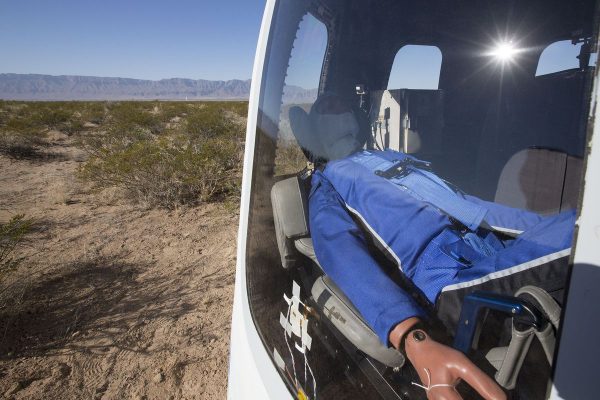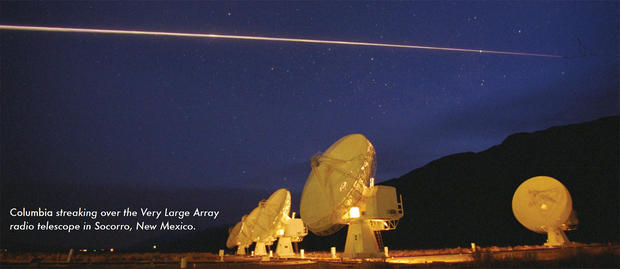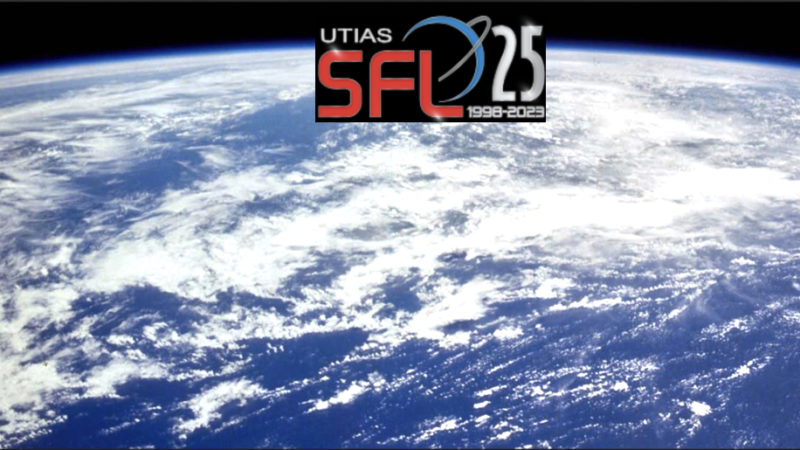Update December 11th, 1:10PM ET: Blue Origin successfully launched its New Shepard rocket just before at 12:53PM ET on December 11th. The vehicle flew to a height of 343,061 feet, or nearly 65 miles above Earth. Both the rocket and the capsule successfully landed in West Texas following the launch.
Original Story: After a seven-month hiatus from spaceflight, private aerospace company Blue Origin is set to fly its New Shepard rocket to space and back again on the company’s 12th overall test flight. It’ll be the sixth time this particular New Shepard vehicle has seen space and then landed back on Earth. If all goes well, this rocket will hold the record for most trips to space out of any other New Shepard vehicle.
The New Shepard is Blue Origin’s passenger rocket, designed to take crews of six to the edge of space to experience a few minutes of weightlessness. The vehicle is meant to take off vertically from the ground, carrying a capsule to 62 miles or 100 kilometers up, a height many consider to be above the boundary to space. While high above the Earth, the capsule on top of the vehicle — where future passengers will ride — detaches from the rest of the rocket. The two parts of the vehicle will then fall back to Earth; the rocket is designed to land propulsively, using its engine to lower itself to the ground, while the capsule will land with the aid of parachutes.
People have not flown on New Shepard yet, however, and there won’t be any on board the rocket today, either. Blue Origin is still testing out the vehicle in order to get it ready for its first human crews. Earlier this year, company officials claimed that 2019 would be the year that the New Shepard carried its first crew. In fact, the vehicle that’s supposed to fly people — the fourth iteration of the rocket — is already at Blue Origin’s test flight facility in West Texas, where the company performs its New Shepard launches. However, Blue Origin hasn’t flown the vehicle since May, as the company has been making sure the vehicle is ready for people.
“We’re in the position of where we’ve tapped the brakes a little bit,” Blue Origin CEO Bob Smith said during a conference in October, according to Space News. “Verifying that you actually have something that’s safe and ready to go is where we are. We’re just going through all of our systems and making sure that we actually have all those systems right.” The last few test flights of the New Shepard have carried a dummy passenger aboard. Nicknamed Mannequin Skywalker, the dummy is equipped with sensors to study how the trips will affect future customers.







